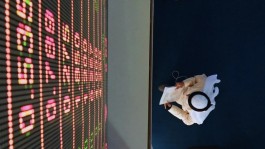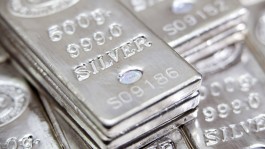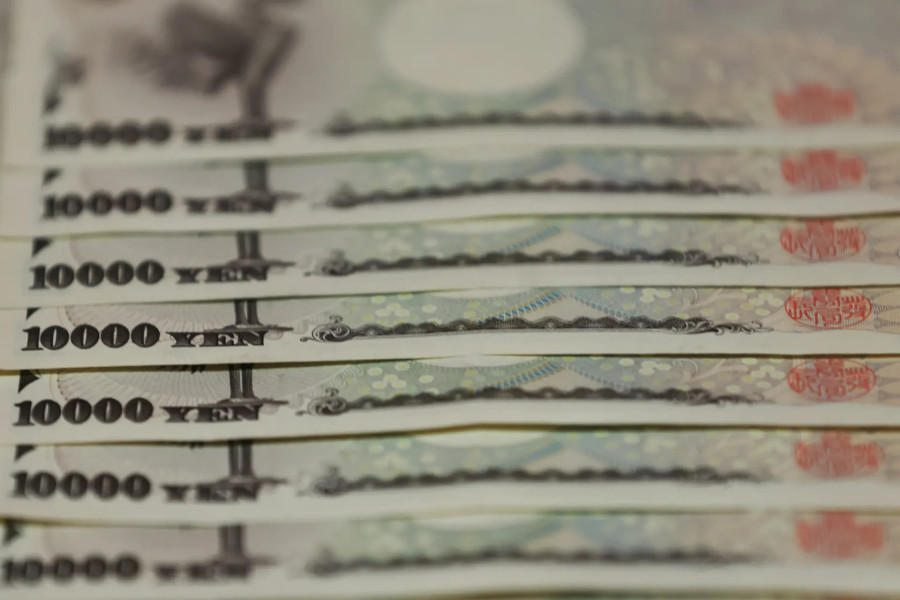The Japanese yen fell in the Asian market on Tuesday against a basket of global currencies, continuing its losses for the third day in a row against the US dollar, on the verge of touching its lowest level in nine months, due to the current rise in US bond yields.
The yen is trading near low levels and important psychological barriers, which may prompt the Japanese authorities to intervene to support the local currency against excessive weakness, while some analysts expect it will be difficult to intervene before reaching the pivotal barrier of 150 yen per dollar.
Japanese yen exchange rate today
The dollar rose against the yen by 0.2% to (146.77 yen), from today's opening price of (146.47 yen), and recorded the lowest level at (146.37 yen).
Yesterday, the yen lost 0.15% against the dollar, the second daily loss in a row, due to concerns about the yield differences between Japan and the United States.
Yield on US bonds
The US Treasury bond yield rose on Tuesday by about 0.2%, continuing to recover for the second session in a row from the lowest level in three weeks at 4.060%, which enhances investment opportunities in the US dollar.
This development in the US bond market comes amid traders' ongoing search for new evidence regarding the possibility of an additional increase in interest rates by the Federal Reserve before the end of this year.
The continued rise in US bond yields puts negative pressure on the exchange rate of the Japanese yen against the US dollar, as the gap between long-term bond yields between Japan and the United States widens.
Annual trades
The Japanese yen is down by more than 11% against the US dollar since the beginning of this year, on its way to incurring a third consecutive annual loss, due to low returns in Japan, which made the yen an easy target for short sellers and financing transactions.
Intervention of Japanese authorities
With the Japanese yen once again trading near a nine-month low against the US dollar of 147.37 yen, traders are monitoring any signs of possible intervention from Japanese authorities to support the local currency.
The Japanese government intervened in the currency markets last year in September when the dollar rose above 145 yen, prompting the Ministry of Finance to buy the yen and pushing the pair to around 140 yen.
Expectations
If US Treasury yields continue to be strong, we may see increasing pressure on the Japanese yen, said Saxo Bank market strategist Charu Channan.
Chanan added that the threat of intervention by authorities has declined to levels below 150, given the absence of any currency-related comments from Kazuo Ueda at the Jackson Hole conference, and no signs of verbal intervention so far from Japanese government officials.









































